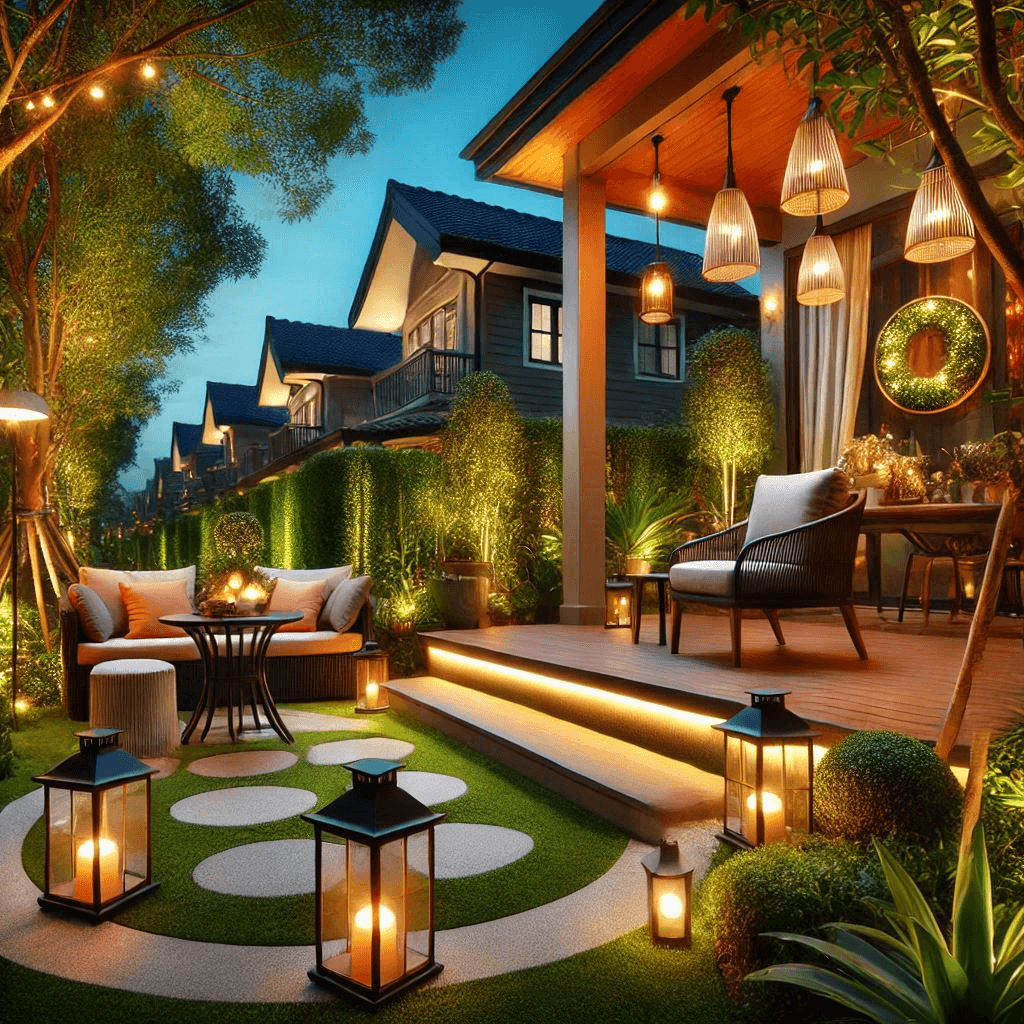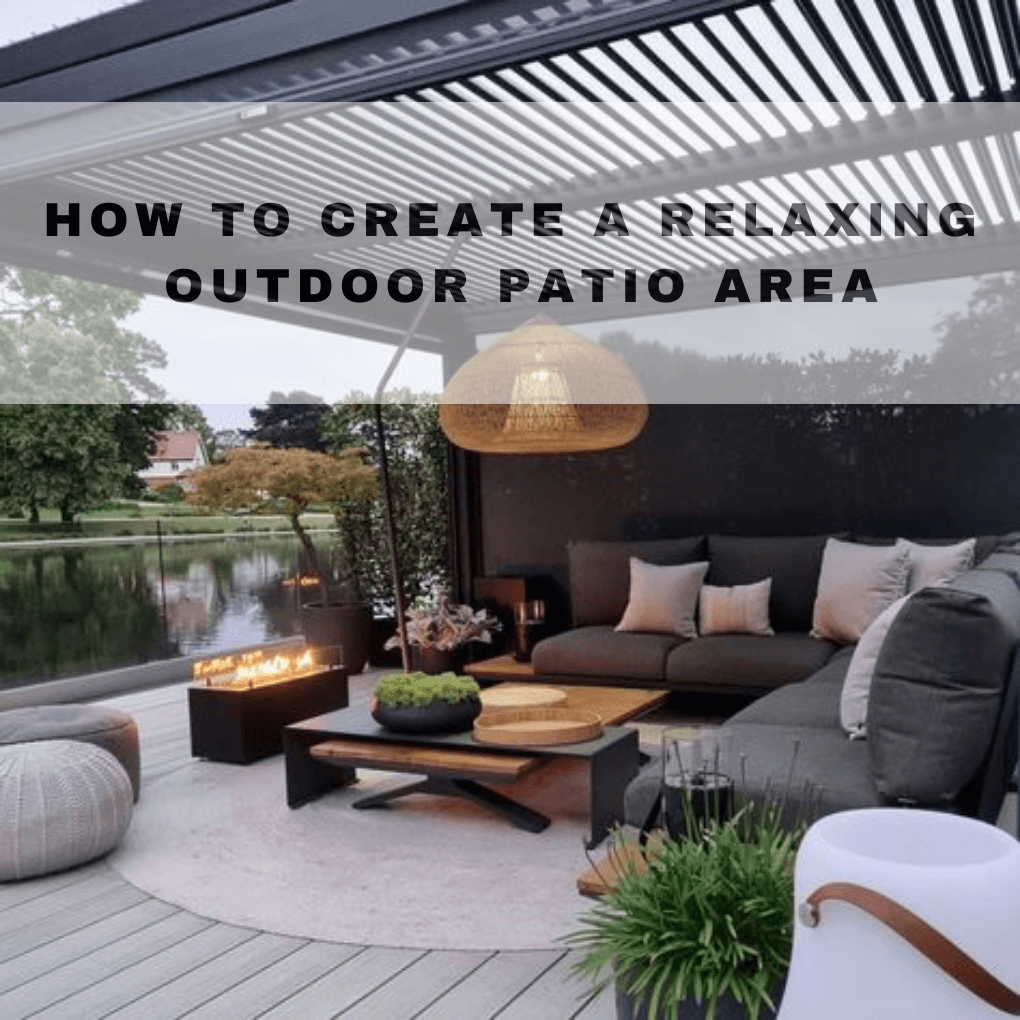Creating a cozy garden involves more than just plants and decorations. Outdoor lighting is essential for setting the right ambiance, improving safety, and extending the usability of your space. With the right choices, your garden can transform into a welcoming retreat.
Why Outdoor Lighting Matters
Outdoor lighting enhances the beauty and functionality of your garden, making it a more enjoyable space day and night.
Creates a Welcoming Atmosphere
Soft, warm lighting creates a cozy and inviting mood, perfect for relaxing evenings or entertaining guests. String lights and lanterns are popular for adding charm to your garden.
Improves Safety and Security
Proper lighting reduces the risk of accidents, such as tripping on steps or garden tools. Additionally, it deters intruders and improves visibility around your home at night.
Extends Usability of Your Garden
With good lighting, you can enjoy your garden even after sunset, whether for dining, reading, or spending time with loved ones.
Types of Outdoor Lighting
Different types of outdoor lighting serve unique purposes and create a layered lighting effect.
Ambient Lighting
Ambient lighting provides soft, overall illumination that enhances the garden’s atmosphere. It is commonly used to create a soothing and warm vibe, ideal for social gatherings or quiet evenings outdoors.
Task Lighting
Task lighting focuses on specific areas where clear visibility is necessary, such as walkways, stairs, and patios. It ensures safety and functionality while blending seamlessly with the garden’s design.
Accent Lighting
Accent lighting is used to highlight specific features in your garden, such as trees, fountains, or sculptures. This type of lighting adds depth and visual interest, drawing attention to your garden’s focal points.
How to Choose the Right Outdoor Lighting

Choosing outdoor lighting involves understanding your garden’s needs and selecting fixtures that balance style, functionality, and efficiency.
Understand Your Garden’s Needs
Start by identifying the primary purpose of the lighting. Decide if you need it for ambiance, safety, or to highlight specific features. Consider the areas that require illumination, such as pathways, seating spaces, or decorative elements.
Consider the Power Source
Outdoor lighting can be powered by electricity or solar energy. Solar-powered lights are eco-friendly and easy to install but rely on consistent sunlight. Wired lights, on the other hand, provide steady illumination and are ideal for areas requiring strong, reliable light.
Choose the Right Materials
The durability of outdoor lights depends on the materials used. Opt for weather-resistant materials like stainless steel or aluminum to ensure they can withstand rain, wind, and sunlight. High-quality materials reduce maintenance needs and extend the lifespan of the fixtures.
Mind the Style and Design
The design of your lights should complement the overall theme of your garden. Rustic lanterns work well for natural, earthy gardens, while sleek, modern fixtures suit contemporary spaces. Matching the style of the lights to your garden creates a harmonious appearance.
Opt for Energy Efficiency
Energy-efficient lighting, such as LED fixtures, saves electricity and reduces long-term costs. Using timers or motion sensors is another way to optimize energy use and ensure lights are only on when needed.
Practical Tips for Installing Outdoor Lighting
Proper installation of outdoor lighting can make a big difference in both appearance and functionality.
Use Layers of Light
Combining ambient, task, and accent lighting creates a balanced and visually appealing look. For example, use string lights for ambiance, pathway lights for functionality, and uplights to highlight trees or sculptures.
Avoid Over-Lighting
Too much lighting can feel harsh and overpowering. Focus on subtle illumination by lighting only key areas of your garden. Dimmer switches or low-wattage bulbs can help maintain a cozy atmosphere.
Test Lighting Placement
Before installing fixtures permanently, test the placement of your lights. Temporary setups allow you to see how shadows and highlights interact, ensuring your final layout enhances the garden’s beauty.
Keep Safety in Mind
Ensure all electrical components are waterproof and designed for outdoor use. For complex wiring, consult a professional electrician to avoid hazards and ensure compliance with safety standards.
Maintenance Tips for Outdoor Lighting
Regular maintenance keeps your garden lighting functional and attractive, ensuring it continues to enhance your outdoor space.
Clean Fixtures Regularly
Outdoor lights are exposed to dirt, dust, and weather elements, which can reduce their brightness. Clean them regularly with a damp cloth to maintain their shine. Solar-powered lights may also need occasional cleaning of their panels for optimal energy absorption.
Check for Damage
Inspect your lights frequently for broken bulbs, loose wiring, or rust. Damaged fixtures should be repaired or replaced promptly to ensure safety and avoid further issues.
Adjust as Needed
Your garden evolves with the seasons, and your lighting should, too. Reposition lights to emphasize new plants or seasonal blooms. Adjust brightness settings to match changing daylight hours or create different moods for events.
Benefits of Energy-Efficient Outdoor Lighting
Using energy-efficient lighting solutions is both cost-effective and environmentally friendly.
- Lower Costs: LED lights and solar-powered fixtures significantly reduce electricity bills over time.
- Eco-Friendly: Solar-powered lights utilize renewable energy, reducing your carbon footprint.
- Longer Lifespan: LEDs last much longer than traditional bulbs, requiring less frequent replacement.
Materials to Consider for Outdoor Lights
Durable materials ensure your outdoor lights withstand the elements and last longer.
- Stainless Steel: Rust-resistant and highly durable, ideal for all weather conditions.
- Aluminum: Lightweight and cost-effective, suitable for modern designs.
- Tempered Glass: Offers elegance and protects the light source from environmental damage.
Common Outdoor Lighting Mistakes to Avoid
Avoiding these common mistakes ensures your lighting setup is both effective and aesthetically pleasing.
- Over-Lighting: Using too many lights can overwhelm your garden and ruin its cozy vibe.
- Ignoring Safety: Non-waterproof fixtures or improper wiring can lead to hazards.
- Mismatched Styles: Lights that don’t fit your garden’s aesthetic can look out of place and disrupt harmony.
Conclusion
Outdoor lighting is key to transforming your garden into a cozy and functional space. By understanding your garden’s needs, choosing the right types of lights, and following practical tips for installation and maintenance, you can create a warm and inviting atmosphere. Thoughtful lighting choices allow you to enjoy your garden day and night, whether you’re hosting friends or enjoying peaceful solitude. With the right approach, your garden can truly shine.




